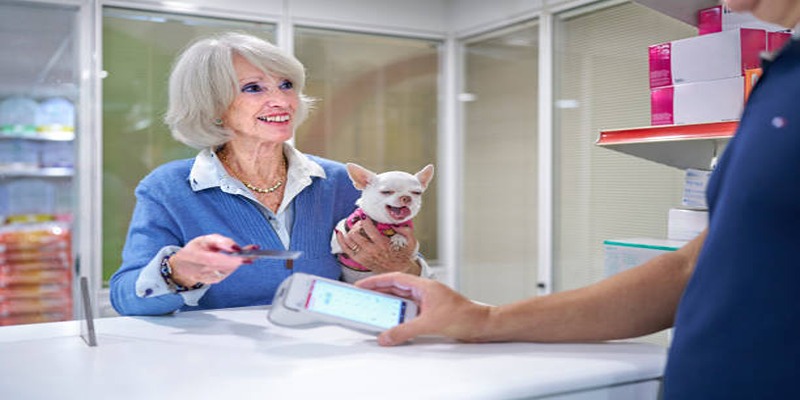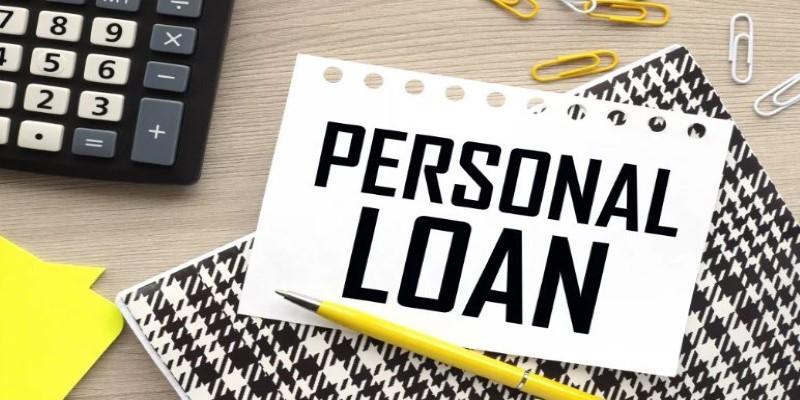Getting a pet into your family brings wonderful joy yet brings unexpected expenses which need to be funded. The expenses of veterinary care along with grooming items and supplies easily surpass your budget when it comes to looking after your pet companion. Getting a pet loan serves as an effective solution for handling these expenses without damaging your financial situation. This guide will explain what pet loans entail their operational mechanics and their ability to simplify pet ownership costs.
What are Pet Loans?

Pet loans, also known as pet financing or veterinary loans, are personal loans specifically designed to cover the expenses associated with owning a pet. These loans can be used for a variety of purposes, such as paying for adoption fees, purchasing necessary supplies and medication, covering medical procedures and treatments, or even funding pet-related trips and activities.
Fixed interest rates and repayment terms together create more cost-effective pet loans than employing credit cards or touching savings accounts. Having a lump sum with their loan enables pet owners to manage their pet expenses without concern for separate payments.
Benefits of Pet Loans
There are numerous benefits to using a pet loan for your furry friend's needs. Here are some of the most significant advantages:
- Financial Flexibility: Pet loans allow you to spread out the cost of your pet's expenses over time, making it more manageable and affordable.
- Lower Interest Rates: Compared to other financing options like credit cards, pet loans often have lower interest rates, saving you money in the long run.
- Predictable Monthly Payments: With fixed interest rates and repayment terms, pet loans offer predictable monthly payments, allowing you to budget accordingly.
- Quick Approval Process: Most pet loans have a fast application process with quick approval times, making it easier to get the funding you need for your pet's care.
- Flexible Repayment Options: Many pet loan providers offer flexible repayment options, such as deferred payments or customizable payment plans, to accommodate your financial situation.
- No Collateral Required: Unlike some other types of loans, most pet loans do not require collateral. This means you won't have to put any assets on the line in case you are unable to make payments.
Types of Pet Loans
There are different types of pet loans available to meet the specific needs of pet owners. These include:
- Medical Loans: These loans can cover emergency medical expenses for your pet, including surgeries, medications, and treatments.
- Adoption Loans: If you're looking to adopt a new furry family member, adoption loans can help cover the costs associated with the adoption process.
- Breeding Loans: For those looking to breed their pets, breeding loans can provide funding for vet visits and other necessary expenses.
- Pet Supply Loans: Pet supply loans can help cover the costs of essential items such as food, grooming supplies, and toys.
Things to Consider Before Taking a Pet Loan
Before taking out a pet loan, it's important to carefully consider your financial situation and the responsibilities that come with owning a pet. Here are some things to keep in mind:
- Costs of Owning a Pet: In addition to the initial cost of adoption or purchase, there are ongoing expenses associated with owning a pet such as food, healthcare, and grooming.
- Interest Rates and Fees: Like any other type of loan, pet loans may come with interest rates and additional fees. It's important to compare different lenders and their terms before making a decision.
- Repayment Terms: Make sure you understand the repayment terms of the loan. Will you be making monthly payments? How long is the repayment period? Are there any penalties for early repayment?
Alternative Ways to Finance Pet Care
Here are some alternative ways to cover the costs of pet care:
Pet Insurance
Similar to human health insurance, pet insurance can help with unexpected medical expenses for your furry companion. It's important to research different plans and coverage options before choosing one.
Pet Savings Account
Consider setting aside a certain amount of money each month specifically for your pet's needs. This can also serve as an emergency fund in case of unexpected expenses.
Credit Card
If you have a good credit score and responsible spending habits, using a credit card with a low interest rate can be a viable option for covering unexpected pet expenses. However, it's important to have a plan to pay off the balance in full each month to avoid accruing debt.
Crowdfunding
Some pet owners turn to crowdfunding platforms as a way to raise money for their pet's medical expenses. This can be effective if you have a strong network of supportive friends and family who are willing to donate.
How to Apply for a Pet Loan

Here are some steps to follow when applying for a pet loan:
- Research lenders: Start by researching different lenders and comparing their interest rates, repayment terms, and any additional fees they may charge. Look for lenders that specialize in pet loans or personal loans.
- Gather necessary documents: Most lenders typically request identification, proof of income, and, in some cases, additional documents like bank statements or tax returns.
- Apply for the loan: Once you have chosen a lender, you can fill out an application either online or in person. Be sure to provide accurate information and submit all necessary documents.
- Wait for approval: After submitting your application, the lender will review your information and make a decision. This process can take a few days to a few weeks depending on the lender.
- Review the terms of the loan: If you are approved, the lender will provide you with the terms of the loan including the interest rate, repayment schedule, and any additional fees.
- Sign the loan agreement: Before receiving the funds, you will need to sign a legally binding contract that outlines your responsibilities as a borrower.
- Receive funds: Once everything is finalized, you will receive the funds either via check or direct deposit into your bank account.
Final Thoughts
Pet loans are a type of personal loan designed to help pet owners cover expenses related to their pets. These expenses can range from initial adoption fees or purchase costs to veterinary bills, surgeries, or other pet-related necessities. Much like other personal loans, pet loans usually include an application process where a borrower's creditworthiness is assessed. A pet loan can be a valuable resource for those seeking to provide the best care for their furry companions without facing immediate financial strain.












